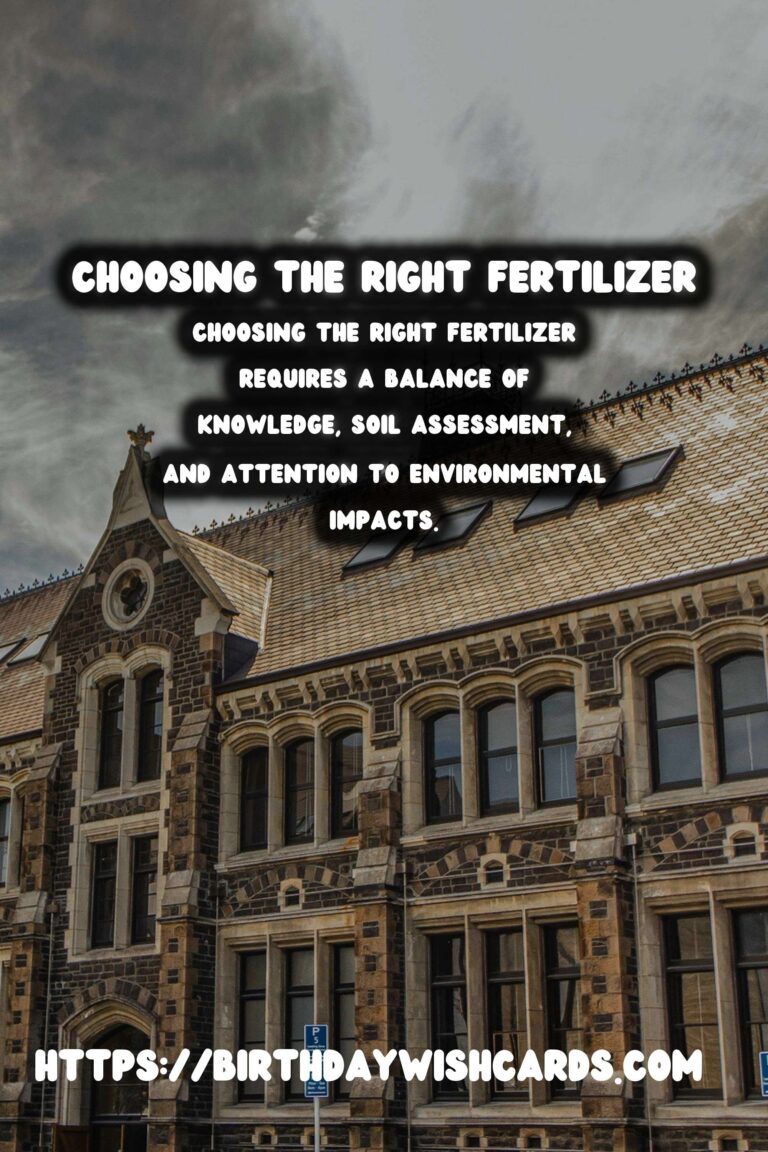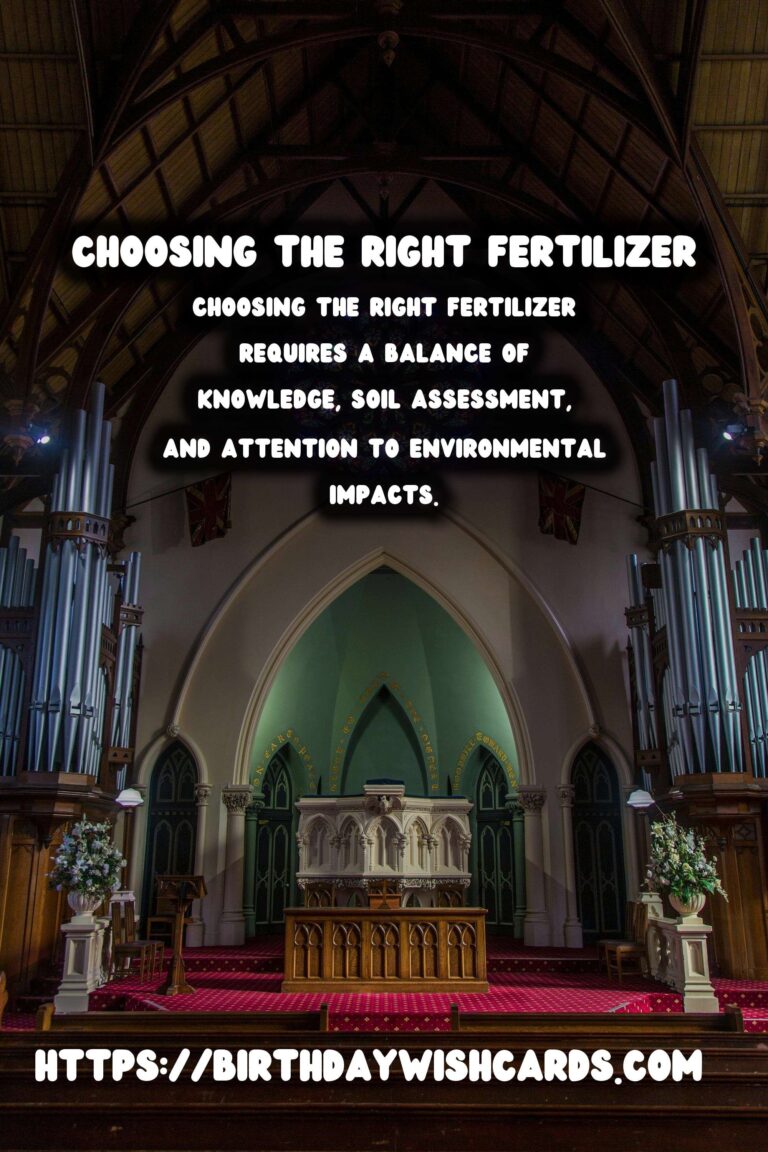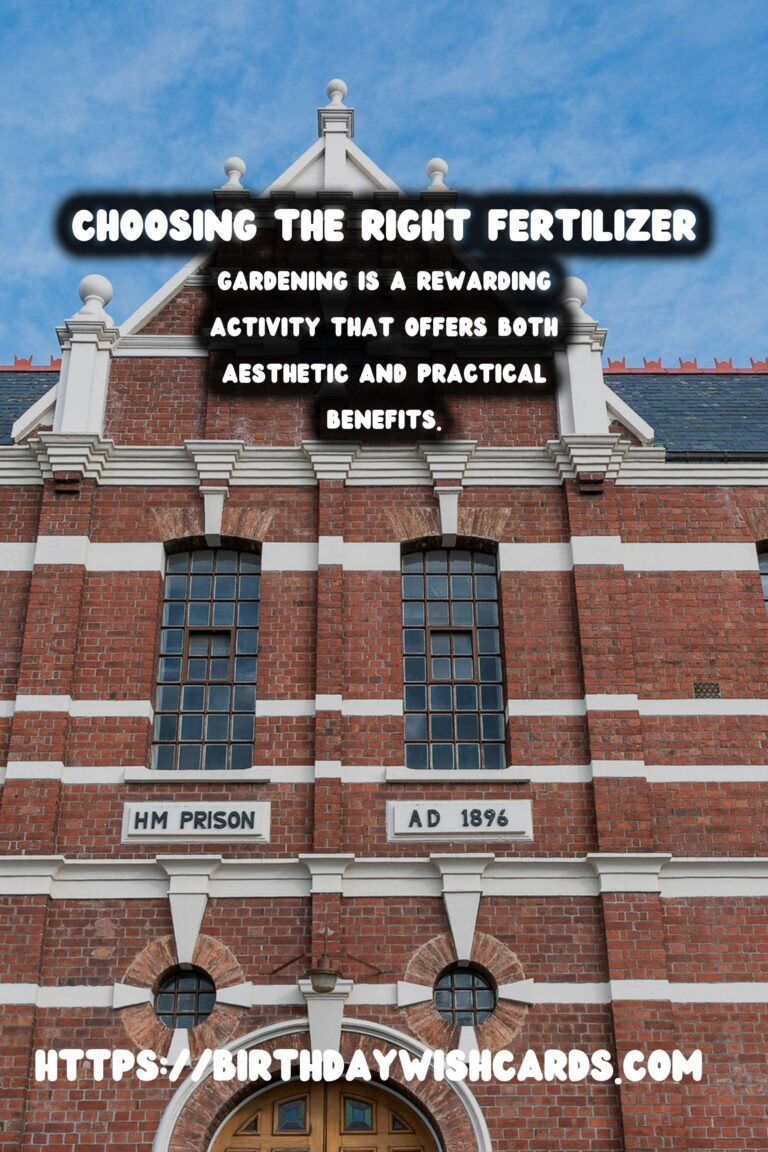
Gardening is a rewarding activity that offers both aesthetic and practical benefits. Whether you’re a novice gardener or a seasoned horticulturist, one of the most important aspects of plant care is understanding how to choose the right fertilizer. A well-fertilized plant not only grows more robustly, but also looks more vibrant and is less susceptible to diseases.
Understanding Fertilizer Basics
Before delving into selecting a fertilizer, it’s crucial to understand what fertilizers provide. Most fertilizers supply three primary nutrients: nitrogen (N), phosphorus (P), and potassium (K). Each of these elements plays a unique role in plant growth and health.
Nitrogen (N): This element promotes lush, green foliage and is essential for plant growth.Phosphorus (P): Important for root development and flowering.Potassium (K): Boosts overall plant health by strengthening plants’ immunity and resistance to diseases.
Types of Fertilizers
Fertilizers come in various forms – organic and synthetic. Understanding the difference between these types can help you make an informed choice.
Organic Fertilizers
Derived from natural sources, organic fertilizers steadily release nutrients, promoting sustainable plant growth. Examples include compost, manure, and bone meal. These are ideal for eco-conscious gardeners or those looking to improve soil health over time.
Synthetic Fertilizers
Also known as chemical fertilizers, these are manufactured compounds designed to provide a quick nutrient boost. Examples include ammonium nitrate and ammonium phosphate. While they deliver rapid results, they might not improve soil quality long-term.
Considerations for Choosing Fertilizers
Choosing the right fertilizer depends on several factors, all vital for ensuring your plants get what they need.
1. Soil Testing
Before selecting a fertilizer, consider conducting a soil test. By understanding your soil’s current nutrient profile, you can tailor your fertilization approach to supply missing elements.
2. Plant Requirements
Different plants have different nutrient needs. For instance, leafy vegetables like lettuce benefit from nitrogen-rich fertilizers, while flowering plants might require more phosphorus.
NPK Ratio
When selecting a fertilizer, pay attention to the NPK ratio, which appears on the package in three numbers (e.g., 10-20-10). This ratio indicates the proportion of each primary nutrient. A balanced NPK ratio like 10-10-10 suits general purposes, while a higher first number means more nitrogen is present, favoring leafy growth.
Environmental Considerations
Fertilizing doesn’t just affect your plants – it influences the broader environment. Over-fertilization can lead to nutrient runoff, polluting water bodies. Consider slow-release fertilizers or those with a lower environmental footprint to mitigate these effects.
Conclusion
Choosing the right fertilizer requires a balance of knowledge, soil assessment, and attention to environmental impacts. By understanding your plants’ needs and matching them with the appropriate fertilizer, you ensure a healthy, thriving garden.
Additional Tips
Always follow the recommended application guidelines on the fertilizer packaging. Overdoing it can harm your plants more than help them.
Gardening is a rewarding activity that offers both aesthetic and practical benefits. Choosing the right fertilizer requires a balance of knowledge, soil assessment, and attention to environmental impacts. 









#gardening #fertilizer




